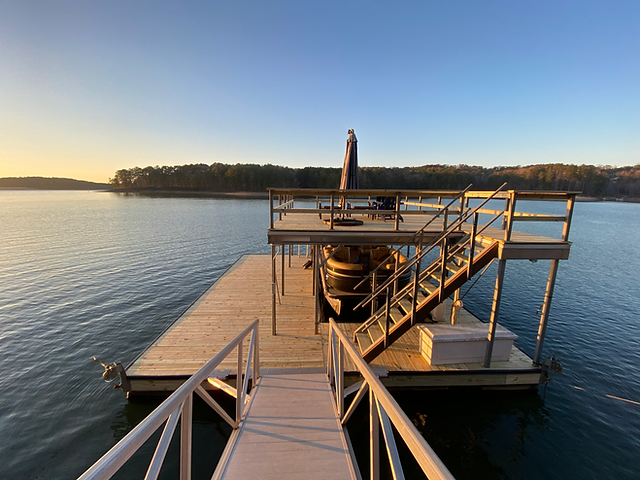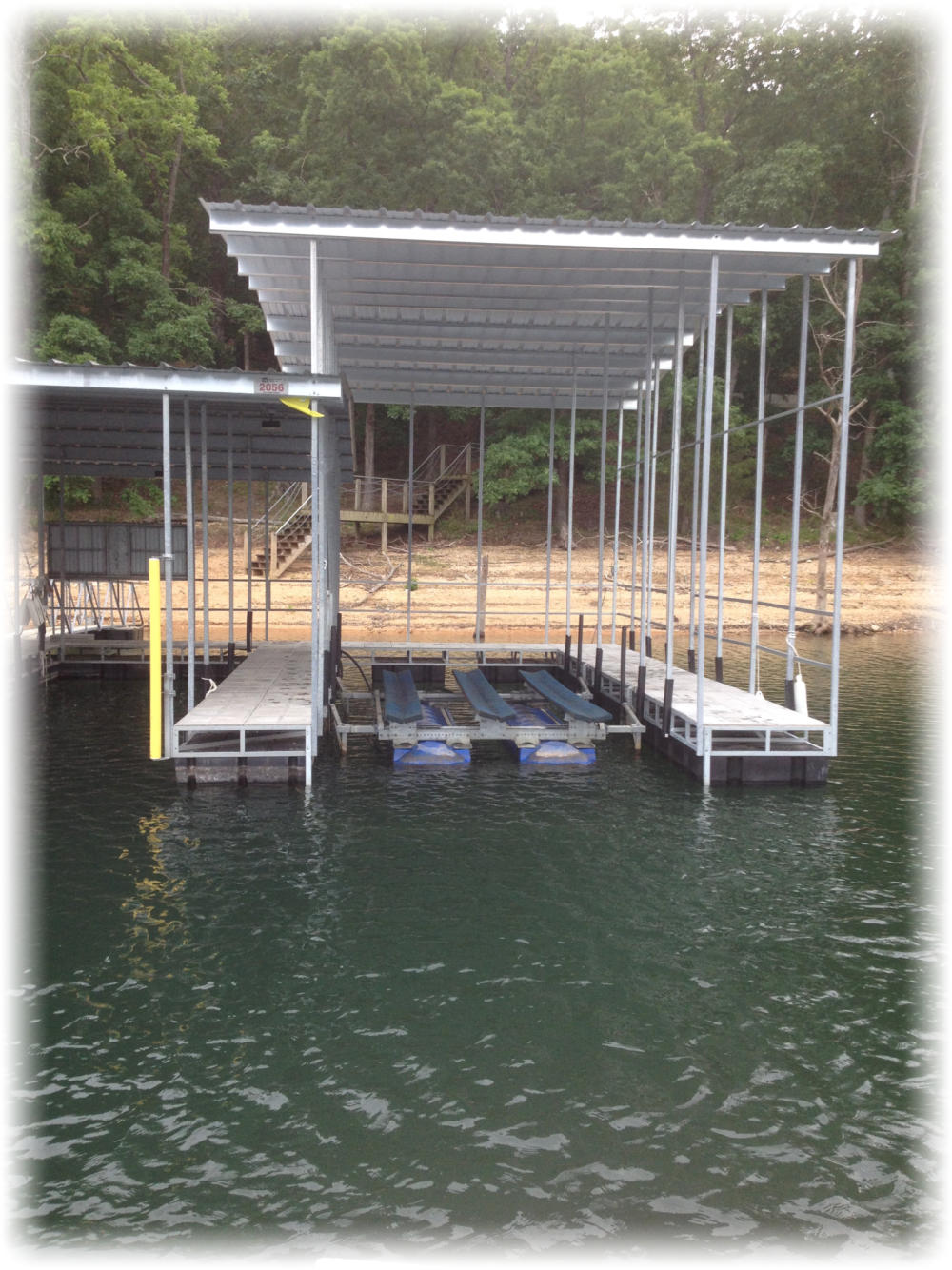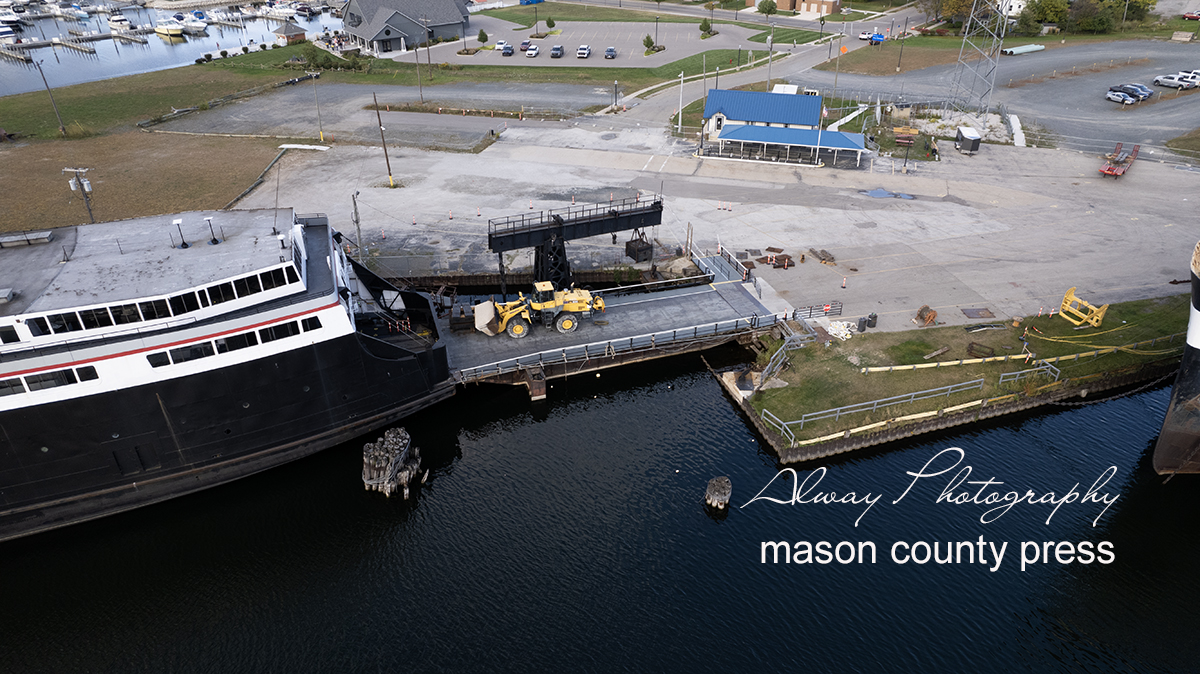Professional Insights on Lasting Dock Repairs Solutions
Professional Insights on Lasting Dock Repairs Solutions
Blog Article
Efficient Dock Repair Service Techniques: Ensuring Architectural Honesty
Making certain the structural integrity of docks with reliable fixing strategies is extremely important for the longevity and safety of aquatic centers. Subsequently, picking the best repair materials, such as composite products and corrosion-resistant alloys, is vital for resilience.
Assessing Dock Damage
Analyzing dock damages is a crucial very first step in guaranteeing the structural stability and safety and security of any kind of docking center. This initial assessment includes a comprehensive inspection to identify both visible and concealed problems. Secret aspects to take a look at include the dock's structure, pilings, decking, and hardware. Each part needs to be looked at for indications of wear, rot, corrosion, or other types of deterioration that might jeopardize the architectural honesty.
Architectural engineers or qualified inspectors generally carry out these evaluations using specialized tools and techniques. Undersea evaluations might use sonar devices or remotely ran vehicles (ROVs) to identify submerged damage. Over water, aesthetic examinations are matched by utilizing wetness meters and other analysis tools to uncover underlying concerns not right away noticeable to the nude eye.

Deciding On Repair Materials
Picking the proper fixing products is an essential step in the dock remediation procedure, one that straight influences the longevity and efficiency of the repaired structure. Product choice must be driven by aspects such as ecological problems, load-bearing demands, and compatibility with existing dock components. Wood is a standard choice for anchors due to its all-natural strength and visual allure. However, selecting the right kind of wood, such as pressure-treated lumber or naturally rot-resistant varieties like cedar or teak wood, is vital to withstand marine environments.
Along with timber, composite materials are increasingly preferred because of their resilience and reduced maintenance needs. Composites, normally made from a blend of plastic and wood fibers, supply excellent resistance to rot, bugs, and UV damage. For metal docks, picking corrosion-resistant alloys such as galvanized steel or marine-grade aluminum is essential to stop corrosion and guarantee architectural honesty in saline water conditions.
Epoxy materials and marine-grade sealants are crucial for fixing cracks and sealing joints, giving a water-proof barrier and improving the dock's general toughness. By diligently selecting top notch materials, dock repair services can attain long-lasting results, consequently safeguarding versus future destruction and making certain secure, reputable usage.
Structural Reinforcement Methods
Effective architectural reinforcement methods are crucial in ensuring the stability and long life of dock fixings. One fundamental technique entails the usage of steel or composite support bars (rebar) within concrete frameworks. Rebar provides extra tensile stamina, avoiding cracks and dispersing loads more uniformly. This approach is particularly reliable for docks revealed to hefty tons or extreme environmental conditions.
Another essential method is the application of fiber-reinforced polymers (FRP) These materials supply high strength-to-weight ratios and excellent resistance to corrosion, making them excellent for reinforcing wood or concrete anchors. FRP can be applied in strips or sheets and bound with epoxy materials to improve architectural honesty.
Supporting and anchoring systems also play an essential duty in structural support. Cross-bracing, making use of steel or wood beams, can combat side pressures, reducing swaying and motion. Securing systems, such as helical piers or driven stacks, offer a stable foundation by transferring loads to deeper, a lot more secure dirt layers.
Last but not least, the assimilation of load-distribution plates can aid disperse weight much more evenly throughout the dock's surface area, reducing localized stress and anxiety points. These strategies collectively make sure that docks remain secure and robust, with the ability of holding up against the roughness of their operational environment.
Advanced Repair Service Methods

One more advanced strategy includes undersea welding, which permits for repairs to be conducted without the need to dewater the location. This technique is specifically advantageous for attending see here to structural concerns in immersed dock parts, making sure very little disruption to procedures. Improved welding methods, combined with robot systems, supply accuracy and integrity, thus prolonging the lifespan of the dock.
In addition, cathodic protection systems are implemented to prevent rust in metal dock structures. By utilizing sacrificial anodes or impressed existing systems, these techniques properly minimize the electrochemical processes that cause product wear and tear.
Finally, progressed monitoring innovations, such as structural health and wellness surveillance (SHM) systems, supply real-time information on the problem of dock frameworks. These systems allow proactive maintenance and prompt treatments, inevitably ensuring the long-lasting architectural honesty of the dock.
Maintenance and Prevention
Maintenance and avoidance are fundamental ideas that underpin the durability and security of dock frameworks. Normal assessments are vital, enabling for early detection of deterioration, prospective weaknesses, and ecological influences. A proactive approach, including routine look for corrosion, rot, and architectural shifts, alleviates pricey repair work and lengthens the dock's operational life.
Safety nets should include using safety finishings to steel components to defend against corrosion and using treated wood to withstand degeneration. In addition, guaranteeing correct water drainage and air flow can protect against water build-up, which is an usual root cause of structural deterioration. Integrating quality materials and adhering to producer guidelines throughout building and construction and fixing stages also play important functions in improving longevity.

Training employees in dock upkeep finest practices ensures regular application of safety nets. Leveraging technical breakthroughs, such as drones for assessments and sensors for real-time monitoring, can better improve maintenance initiatives. By prioritizing maintenance and avoidance, dock owners can make certain architectural honesty, functional security, and cost-effective monitoring over the dock's life expectancy.
Conclusion
To conclude, preserving the structural stability of marine centers necessitates detailed dock repair strategies. Extensive evaluations using sophisticated devices discover both noticeable and concealed problems, while the option of suitable fixing materials boosts sturdiness. Implementing structural support methods addresses stress and anxiety points properly. Advanced repair work strategies, coupled with routine upkeep practices, guarantee the dock continues to be safe and operational under diverse environmental problems. Embracing these approaches considerably extends the life-span and capability of aquatic framework.
Making certain the architectural stability of anchors via reliable repair techniques is paramount for the longevity and safety of marine facilities.Selecting the appropriate repair products is a pivotal action in the dock reconstruction procedure, one that directly affects the long life and performance of the repaired structure.Efficient structural support techniques are critical in guaranteeing the stability and longevity of dock fixings. By focusing on upkeep and prevention, dock owners can ensure architectural stability, operational safety, and cost-effective monitoring Click Here over the dock's life expectancy.
In final thought, maintaining the architectural stability of marine facilities necessitates comprehensive dock fixing methods.
Report this page